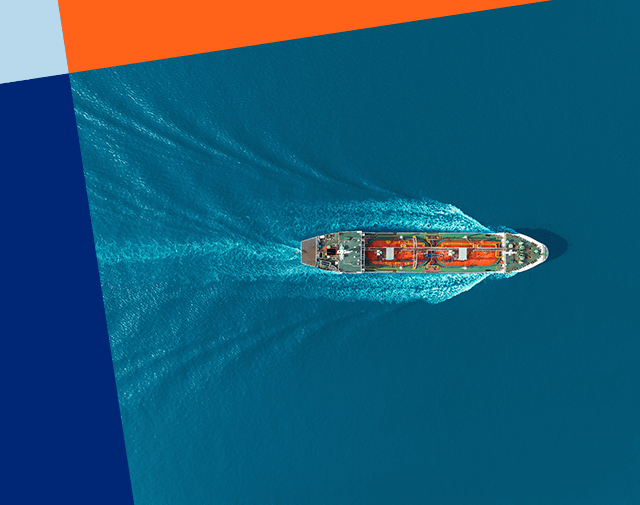Cylinder oil strategy
13 Sep 2012
|
Marine Propulsion |
|
|
|
Hong Kong-headquartered Gulf Oil has deliberately taken a conservative approach to meet the changing circumstances of cylinder liner lubrication, says Don Gregory, director for innovation and technology. “In the 1970s and 1980s the 70BN cylinder oil with a viscosity grade of SAE 50 was the safe traditional solution used by most ships.” Matters changed in the late 1980s and early 1990s when a new engine design suffered problems, principally due to overcooled liners, resulting in scuffing and catastrophic wear. The solution was higher BN and an SAE 60 grade. |

Don Gregory (Gulf Oil) |
|
During the late 1980s and early 1990s the focus turned to economy and a reduction in cylinder oil consumption through the introduction of advanced cylinder lubricator devices. The Alpha lubricators sought to more precisely meter the cylinder feed and distribution onto the cylinder liner wall. These new lubricators successfully reduced oil feed rates by up to 50 per cent, reducing operating costs but always at the risk of catastrophic engine damage, should be reduced supply of lubricant the insufficient to counteract cylinder performance deviations. To really benefit from reduced cylinder oil consumption there became an increased need for thorough inspection of the piston and ring pack through frequent scavenge port inspections.
|
 making the wrong decision about cylinder oil may result in costly cylinder replacement making the wrong decision about cylinder oil may result in costly cylinder replacement |
| Gulf Oil launched its Gulfsea Cylcare EHP 5055 in July 2011. The development of GulfSea Cylcare EHP 5055 has had to balance the risks of piston crown deposits with high-BN oils, against the loss of detergency and dispersancy with lower-BN cylinder oil. The overbased ‘soaps’ that provide the high BN are also key components in maintaining ring pack free of deposits and dispersing soot and solids to be subsequently scraped down into the under-piston space. The new cylinder oil had also to be economic, achieving similar feed rates to the conventional 70 BN product and associated engine builder feed rate recommendations. With the current range of fuel sulphur between 1.0 and 3.5 per cent, this development work is the first step in meeting the longer-term challenges of 0.1 per cent sulphur (ECA sulphur limit in 2015) and the global 0.5 per cent sulphur limit in 2020. It was therefore critical that any loss of dispersancy, detergency and oxidative stability through reduction in overbased components was replaced with a reliable, economic and rebalanced formulation. Sea trials have proven the success of the 5055 product, as has over 12 months of commercial operating experience. The conservative approach does not mean that Gulf Oil Marine does not question the assumed boundaries. ”On the contrary, conventional wisdom is being challenged in order to develop even better products”, says Gregory. Evaluation of low viscosity grades is on-going. “With on-road vehicle engines achieving better oil films at significantly lower viscosities, have we really utilised the benefits of the modern lubricator systems by sticking to SAE 50?” questions Gregory. He continues, “But reliability is absolutely paramount. We cannot afford to cut corners or ignore the need to understand cylinder liner conditions with such changes. The consequences of damage to main propulsion plant caused by shortcuts are catastrophic costs, but more importantly the risking of seafarers lives.” |
 in extreme cases, high BN and low sulphur can cause excessive deposit build-up on piston crowns in extreme cases, high BN and low sulphur can cause excessive deposit build-up on piston crowns |
| Gulf Oil Marine’s strategy for satisfying the cylinder oil lubrication needs of its customer base is to continue to supply Gulfsea Cylcare DCA 5070H, the 70 BN cylinder oil for vessels operating globally with only occasional short periods in the ECAs. For a more flexible approach, avoiding the need for multiple grades of cylinder oil, customers with vessels on global and ECA trading patterns might choose Gulfsea Cylcare EHP 5055. Gulf Oil Marine also continues to supply Gulfsea Cylcare DCA 5040H, the 40 BN cylinder oil for continuous operation on low-sulphur fuels, such as those bunkered in some parts of South America. |




